ANSI contrast
The ANSI test method from the American National Standards Institute displays 16 checkerboard black and white patterns, which measure black and white brightness at each square on the screen. The contrast value obtained by the average value can be called ANSI contrast, which is tested according to the ANSI method. The contrast score is the lowest, because the light in the white area will affect the brightness of the black area, making it the most rigorous test method, especially for plasma display devices. For the same display, the contrast of this method is only about 270:1.
FOFO contrast (switch contrast)
First let the display device display white in full screen, measure the brightness value; then display black in full screen, measure the brightness value, and get the contrast value, also called Full ON Full OFF contrast. Dynamic contrast is based on dynamic backlight adjustment, which adjusts the brightness of the backlight according to the brightness of the screen. In fact, the so-called dynamic contrast can only be obtained under this test method.
Contrast effect
Impact: Contrast is defined as the ratio of white brightness to black brightness. From this definition, it is not difficult to find that the same white/black brightness, the higher the contrast, the more vivid the picture. From the basic definition and influence of contrast, we can see that the higher the contrast parameter, the more visually we feel the picture, but after the concept of “dynamic contrast†is introduced, the actual situation is not “dynamic contrast†suitable for daily life. All practical applications.
Classic evaluation from Germany, ANSI contrast and ON/OFF contrast
Everyone should know about the ansi contrast test. In the contrast test, the current dlp technology is the most dominant, at least 500:1, followed by LCOS technology about 250:1, as the LCD and three shots are completely bottomed, the three shots are the highest It will not exceed 150:1. So what does this contrast test reflect in the picture? Or does ansi contrast be the most important indicator that can really feel the contrast of the picture? The following test will explain the problem.
Interestingly, the test machine is a DLP (ANSI contrast ratio 500:1, ON/OFF contrast ratio 2000:1), one is LCOS (ANSI contrast is 250:1, ON/OFF contrast is 4000:1) ) Just half of each other. :)
Explain that the ON/OFF contrast here is a true on-off contrast, that is, the contrast that is not adjusted by aperture and varying brightness. 
Original picture of a sunset 
100:1 contrast projection screen, you can see the gray 
A 1000:1 projection screen can see a better depth. 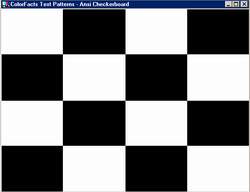
ANSI contrast test chart. It is a big challenge for the projector :) 
A galaxy screen with more brightness and very few dark parts (in the upper right corner) 
The result of this picture is dlp winning, DLP contrast is 1900:1, amazing close to the original contrast. LCOS is 1200:1 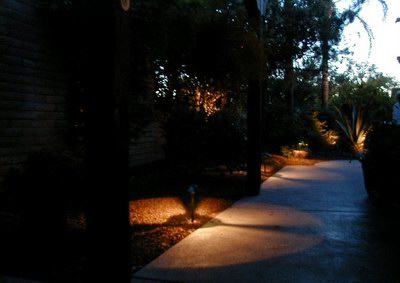
A picture of an evening park. There are many dark areas in the large area, and there are few bright parts, and the bright part and the dark part are relatively open, and the distance is relatively long. 
LCOS wins! 1600:1, dlp1050:1 shows that ON/OFF contrast has advantages in the dark part of the screen 
A full-mid, low-brightness picture, the overall picture has a low contrast ratio, and the large white area and the large area black account for about the same. 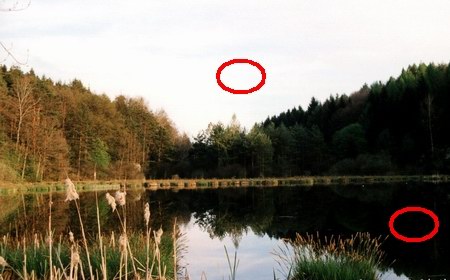
Because the distance is far, LCOS is a bit more, 650:1, DLP540:1. However, there is basically no difference in visual inspection. 
A picture with rich colors, strong sense of depth of field 
DLP wins! 1130:1, LCOS 750:1, the actual picture DLP three-dimensional sense is stronger. 
Low-brightness picture with lower contrast 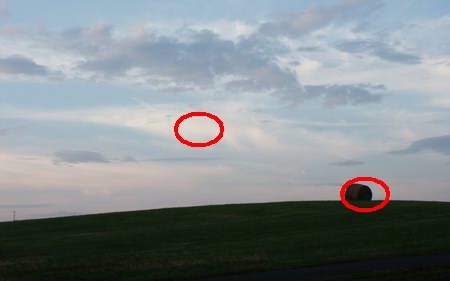
DLP is about 150:1 LCOS is about 120:1, which can be seen as no difference. [page] 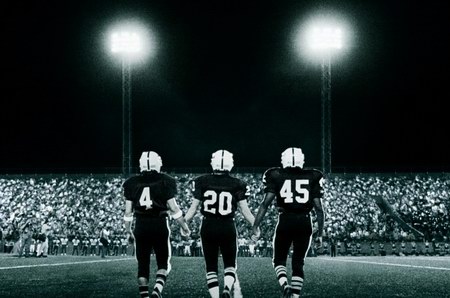
Dark scene 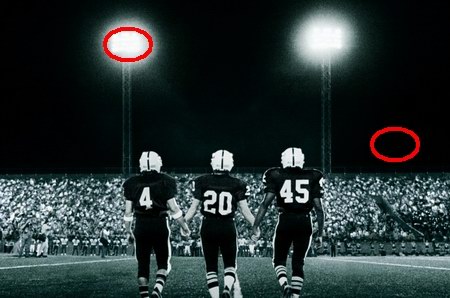
The contrast at the red circle is DLP630:1, LCOS 830:1. Although there is little difference in this low contrast, it is still dominated by LCOS. 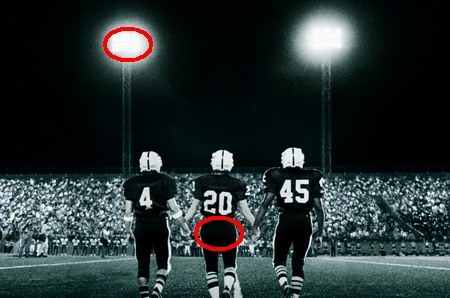
Adding some difficulty, the black area changes to the vicinity of the white area, and the contrast changes in the opposite direction. DLP 590:1 LCOS 320:1
It can be seen that the black part of LCOS technology is greatly affected by white! 
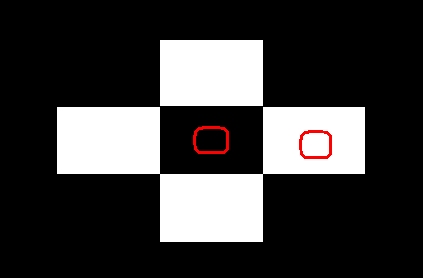
A scene that is not much different. 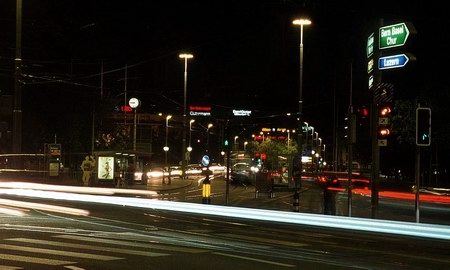
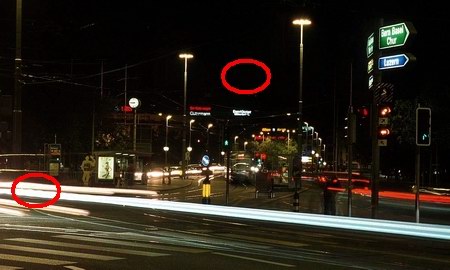
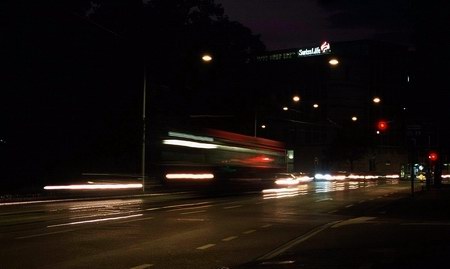
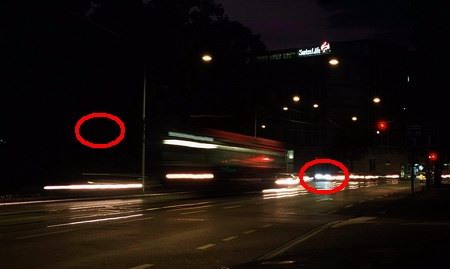
Because there are more dark scenes, LCOS is dominant, 1450:1 DLP is 1250:1 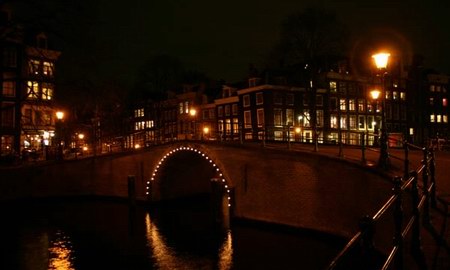
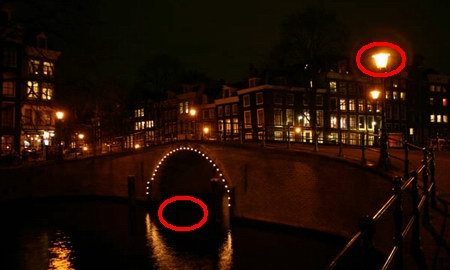
LCOS is a picture of a big advantage, 1700:1 DLP is 1100:1
The summary is: a projection with a high contrast ratio of ON/OFF, which has a high contrast in a large black or dark scene. ANSI contrast has a big advantage in bright scenes and the sense of depth and depth of the object. Overall, the new LCOS projection is now similar in characteristics to three shots. 
Why do LCOS projections like HD1 have a true contrast ratio of 15000:1, while ANSI contrast is still low? These two test charts can explain the problem!
The red circle contrast LCOS test in the above figure is 250:1 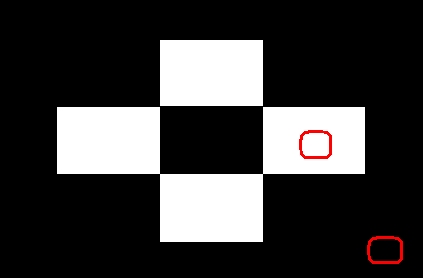
And move the black part to the lower right corner to test, but it can be as high as 800:1!
why? Very simple, because the new LCOS contrast is very high ON/OFF, but because it is still transmissive, the black depth in the part close to the white area will be greatly affected, that is, it will be disturbed by white! But after moving far, it will not be affected. DLP uses micromirrors to control the reflection of each pixel, and has strong independence. Therefore, it is less affected by the highlights.
What kind of contrast should we pay attention to? Of course, the ideal situation is that both are high and ideal, but even the HD1 with the highest true ON/OFF contrast ratio, its ANSI contrast is also normal, and it does not reach the contrast of the mid-range DLP 500 or higher.
Therefore, in the existing technology, we only have to measure. The new LCOS such as HD1 has excellent dark scene performance. In the case of especially dark and night scenes, the performance is the first in digital projection, even three shots. No problem. And DLP, even in the mid-range machine, the stereoscopic feeling of the screen is more transparent than LCOS. What LCOS needs to improve is full control of penetration. What DLP needs to improve is to control the pure black of the light path.
In addition, the original text mentions the problem of environmental reflection. Indeed, for projection, the ability of DLP to resist environmental reflection is better. This should be related to ANSI contrast. It is recommended that LCOS users thoroughly carry out environmental reflection.
Personally think that users like LCD or LCOS can choose some reflective screens instead of diffuse reflection type, and strive to improve some ANSI contrast.
Sandwich Maker,Sandwich Toaster,Sandwich Press,Toastie Maker
Ningbo Anbo United Electric Appliance Co.,ltd , https://www.airfryerfactory.com